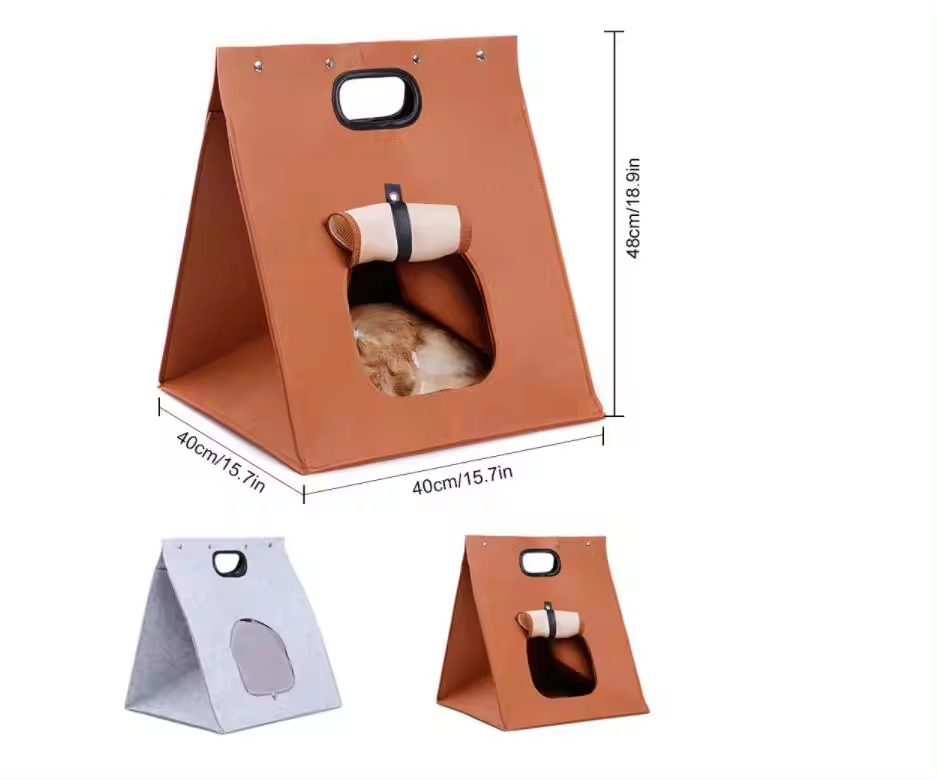The Versatility and Benefits of Wood Wool Panels
Wood wool panels, also known as wood wool cement boards or wood wool acoustic panels, have gained popularity in various construction and design projects due to their unique properties and aesthetic appeal. These panels, made from natural wood fibers and cement, offer an amalgamation of sustainability, durability, and versatility, making them a favored choice for architects, builders, and homeowners alike. In this article, we will explore the key features, benefits, and applications of wood wool panels, showcasing why they are an excellent option in contemporary construction and interior design.
Composition and Manufacturing
Wood wool panels are created by combining wood fibers with cement and other additives. The wood fibers, often sourced from sustainable timber, are processed into fine strands that provide structural integrity and acoustic features to the panels. The combination with cement not only strengthens the panels but also enhances their fire resistance, making them suitable for a wide range of applications. The manufacturing process involves compressing the wood fibers and cement mixture, allowing for the formation of sturdy and durable panels.
Sustainability
One of the standout features of wood wool panels is their eco-friendliness. Made primarily from natural and renewable materials, these panels contribute to sustainable building practices. The use of wood from responsibly managed forests ensures that the production of wood wool panels has a minimal negative impact on the environment. Additionally, the panels themselves are biodegradable, further reducing their ecological footprint. As more individuals and businesses prioritize sustainability in their building material choices, wood wool panels stand out as an attractive option.
Acoustic Properties
wood wool panels

Another significant advantage of wood wool panels is their superior acoustic performance. The porous texture and composition of the panels allow them to effectively absorb sound, making them an ideal choice for spaces requiring sound insulation. They can be used in a variety of settings, including offices, schools, theaters, and residential properties, where noise reduction is essential. By minimizing sound reverberation and improving overall acoustics, wood wool panels create comfortable environments conducive to productivity and relaxation.
Fire Resistance
Safety is a paramount consideration in any construction project, and wood wool panels excel in this regard. Thanks to their cement component, these panels have enhanced fire resistance compared to traditional wood products. They conform to fire safety regulations and can withstand high temperatures, making them suitable for use in areas that require rigorous fire safety measures. This quality not only protects the property but also provides peace of mind to occupants.
Versatile Applications
Wood wool panels are incredibly versatile in their applications. They can be used in both interior and exterior construction projects. In interiors, they are often utilized for wall cladding, ceiling tiles, and decorative elements, adding a touch of natural beauty to spaces. They can also be painted, stained, or left in their natural state to suit a variety of design aesthetics. Externally, wood wool panels serve as effective insulation and protection from weather elements, making them a popular choice for facades and outdoor structures.
Conclusion
In conclusion, wood wool panels embody a unique combination of ecological sustainability, exceptional acoustic performance, fire resistance, and versatility. These characteristics make them a timely choice for modern construction and design projects that prioritize both functionality and aesthetic appeal. Whether it’s for residential spaces, commercial buildings, or artistic installations, wood wool panels offer solutions that cater to diverse needs while contributing to a more sustainable future. As architects and builders continue to seek innovative materials that align with green building practices, wood wool panels are positioned to play a significant role in shaping the landscapes of tomorrow.
